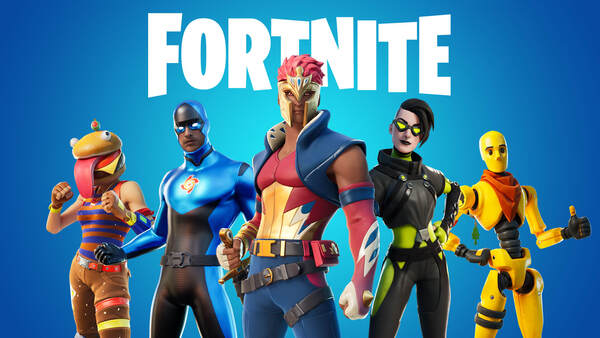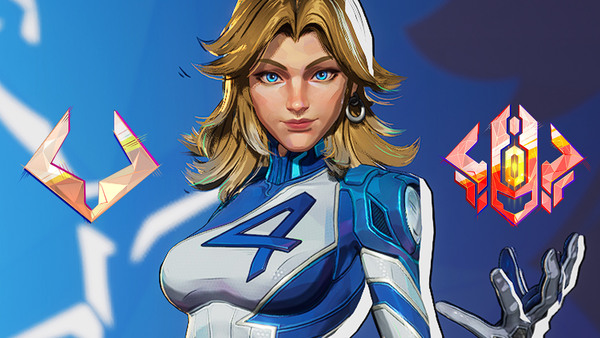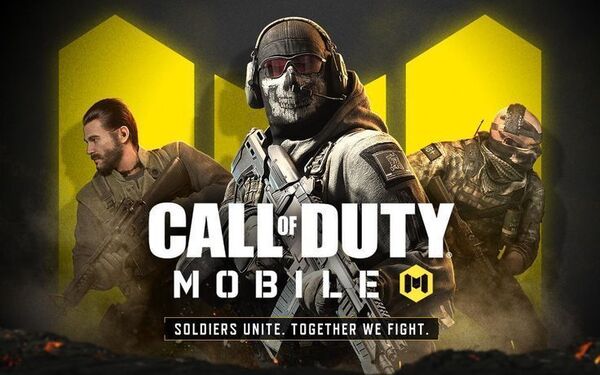Garena Free Fire has solidified its place as one of the world’s most-played battle royale games, particularly popular in Southeast Asia, Latin America, and India. Among its various maps, Kalahari stands out as a unique, challenging, and visually striking environment. Introduced in early 2020, the Kalahari map shifted Free Fire's meta with new terrain, strategic possibilities, and fresh gameplay dynamics. This in-depth article explores Kalahari's creation, gameplay strategies, pros and cons, and how it fits into the larger Free Fire experience.
1. The Birth of Kalahari Map in Free Fire (2020)
Garena introduced Kalahari as Free Fire's third battle royale map after Bermuda and Purgatory. The map was released to offer a distinct challenge, set in a desert-inspired environment based on the real Kalahari Desert in Southern Africa.
Why Kalahari Was Introduced:
-
Diversity of Environments: Players demanded a map beyond green forests and jungles.
-
Tactical Depth: The desert theme allows for open spaces and verticality.
Early Reception:
Upon its release, Kalahari was praised for its visual aesthetics but initially criticized for being too open, making survival harder for less experienced players.
2. Core Map Characteristics and Visual Identity
Kalahari is defined by its arid landscape, sandy dunes, abandoned ships, and futuristic desert structures. Its visual theme differentiates it significantly from Bermuda’s tropical feel and Purgatory’s wilderness.
Distinguishing Features:
-
Desert Palette: Warm tones, dusty skies, and faded structures.
-
Unique Landmarks: Submarine, Refinery, and Lab are standout zones.
Impact on Gameplay:
The open spaces make stealth harder but reward accurate shooting and positioning.
3. Key Zones and Drop Locations
Understanding Kalahari's best landing spots is essential for survival and victory.
Top Drop Zones:
-
Refinery: High loot, high risk.
-
Command Post: Good balance of loot and safety.
-
Submarine: Strategic elevation advantage.
Secondary Zones:
-
Mammoth
-
Foundation
-
Bayfront
4. Weapon and Loadout Meta on Kalahari
Because of its unique layout, Kalahari favors certain weapons and loadout strategies.
Best Weapon Types:
-
Sniper Rifles: AWM, Kar98k.
-
Assault Rifles: AK, M82B (for armor penetration).
-
Shotguns: Close-quarters, especially indoors.
Equipment Importance:
-
Gloo Walls for cover in open spaces.
-
Armor upgrades become critical due to long-range engagements.
Tactical Considerations:
Players should prioritize scopes and high-damage rifles over SMGs.
5. Verticality and Terrain Challenges
One of Kalahari's defining gameplay elements is its focus on elevation and vertical play.
Elevation Factors:
-
High cliffs and sniper towers.
-
Zip lines connecting various elevations.
Benefits:
-
High ground advantage in firefights.
-
Opportunities for ambushes.
Drawbacks:
-
Players caught in low ground positions are vulnerable.
-
Navigating cliffs under pressure can be difficult.
6. Team Strategies and Solo Play Adjustments
Team play and solo play on Kalahari require different approaches compared to other Free Fire maps.
Squad Play Strategies:
-
Divide roles: snipers, rushers, support.
-
Control high ground early.
Solo Play Tactics:
-
Avoid hot drops unless highly skilled.
-
Play around edges of safe zones.
Advantages for Teams:
-
Stronger map control with coordinated play.
-
Easier to revive teammates near vertical zones.
Disadvantages:
-
Miscommunication can lead to easy team wipes.
7. Unique In-Game Elements on Kalahari
Kalahari introduced several features not present in Bermuda or Purgatory.
Examples:
-
Oil Rigs and Platforms: Loot-rich, high-elevation structures.
-
Sandstorm Zones: Visual obstructions and altered gunplay.
8. Community and Competitive Scene Impact
Kalahari has been integrated into both casual and ranked modes, as well as in Free Fire esports tournaments.
Community Opinions:
-
Mixed reviews initially but positive adaptation over time.
-
High-skill players generally prefer Kalahari for its complexity.
Esports Integration:
-
Featured in major Free Fire events.
-
Demands different strategies from teams compared to Bermuda.
9. Kalahari Compared to Bermuda and Purgatory
Each Free Fire map offers its own identity and playstyle. Here’s how Kalahari stacks up:
| Feature | Bermuda | Purgatory | Kalahari |
|---|---|---|---|
| Terrain Type | Tropical Island | Wilderness | Desert |
| Verticality | Low | Moderate | High |
| Loot Density | Balanced | High | High |
| Player Skill Gap | Moderate | High | High |
Why Players Choose Kalahari:
-
For a more intense and tactical experience.
-
When looking for sniper-friendly gameplay.
Potential Downsides:
-
Not ideal for quick, casual matches.
10. The Current State of Kalahari in 2025 and Beyond
As of 2025, Kalahari remains a staple map in Free Fire but has seen balance adjustments and visual updates over the years.
Current Features:
-
Enhanced graphics and lighting.
-
New landmarks and seasonal events.
-
Custom match and room settings specific to Kalahari.
Future Outlook:
-
Rumored expansions or spin-off desert maps.
-
Possible integration into new Free Fire game modes.
Conclusion
Garena Free Fire: Kalahari isn't just a map—it's a test of tactical skill, map awareness, and shooting precision. Its introduction marked a key evolution for Free Fire, offering players a more challenging alternative to Bermuda and Purgatory. While not perfect, Kalahari’s enduring popularity speaks to its well-crafted design and replay value. For any serious Free Fire player, mastering Kalahari is both a challenge and a badge of honor.


































